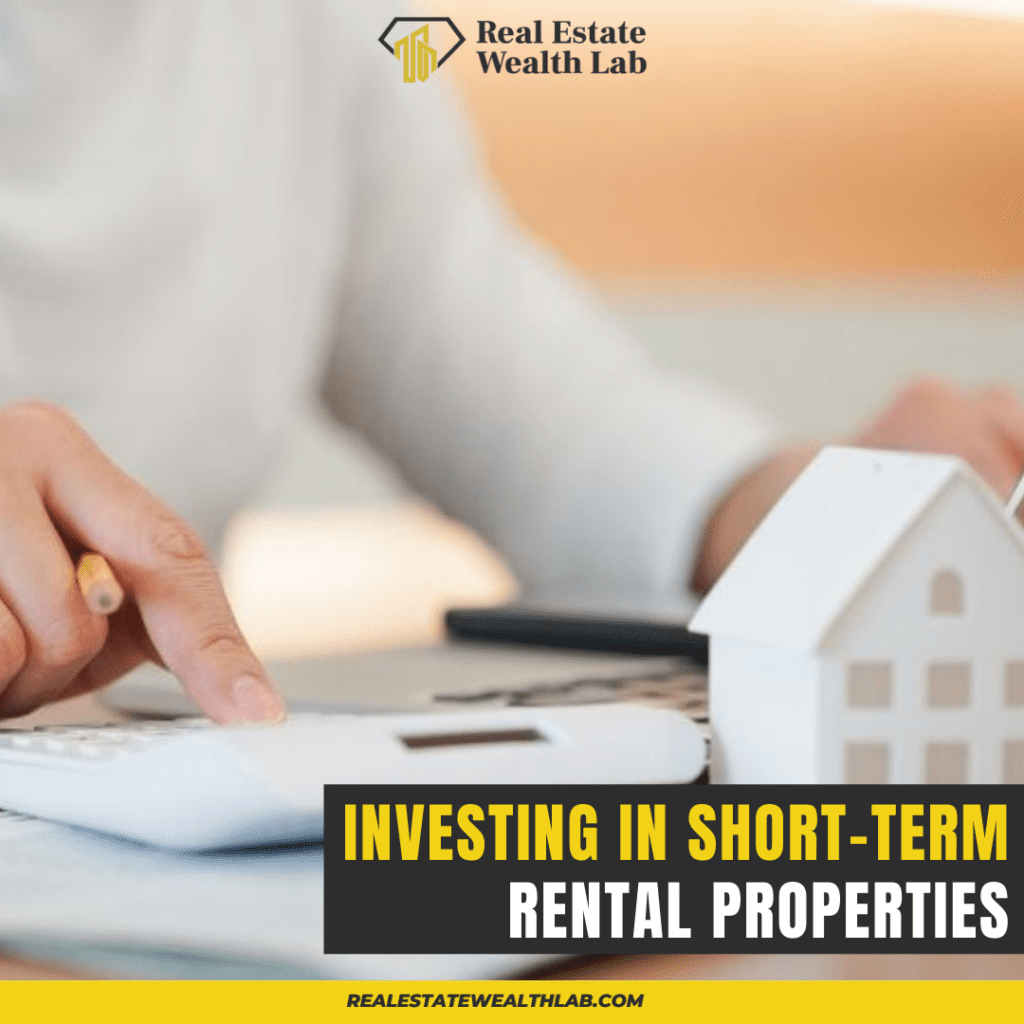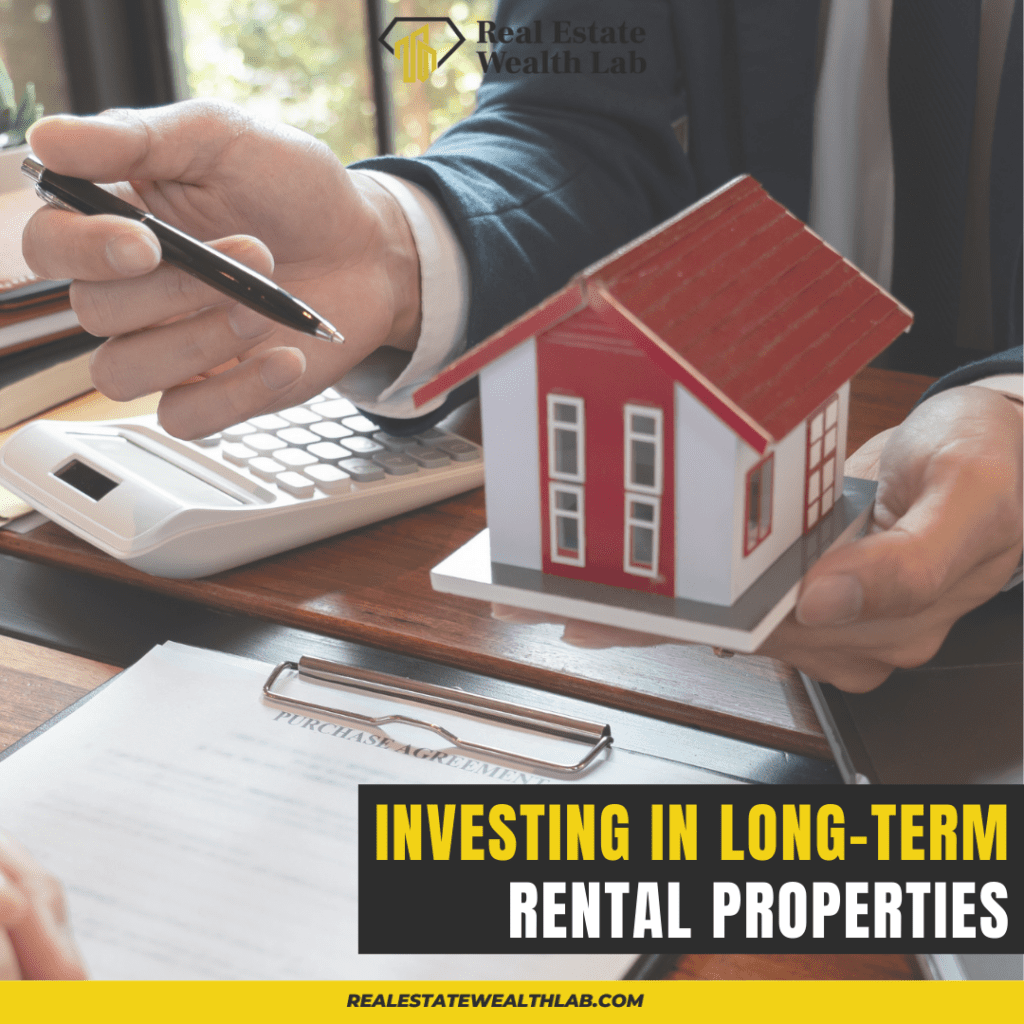Real Estate Investment Strategies That You Can Try In 2022
- May 4, 2022

Are you planning to venture into or expand your real estate investments? Investing in real estate is one of the best investments for building and preserving and preserving generational wealth. The key to a successful real estate investment is understanding the wide array of real estate investment options available, their expected return on investment and the level of risk involved
In this guide, we outline different real estate investment tactics that real estate investors can engage in and make money. Whether you are just starting out or starting to scale, you will find suitable and useful real estate investment tactics you can use right away.
Real estate investment tactics for beginners

For a do-it-yourself real estate investor, your first step is creating a plan. Identify where you are today, what resources you have, including how much capital, experience, support, and time to contribute to your real estate business. When just starting out, depending on your circumstances, it can be helpful to test the waters with more lenient, less capital intensive opportunities allowing you a chance to grow into it. The following are a few beginner-friendly real estate investment tactics for your consideration.
- House hacking

Househacking is likely the least risk and least capital intensive option to dip your toes into real estate investing. House hacking is when you leverage your primary residence, your home, and to make money. Whether you currently rent or own, many options exist. A common example is having a roommate or flatmate to share the costs of rent. The same concept applies if you own the home, and rent out rooms, couches or make other co-living arrangements to earn income. Highest and best use of all assets is a key principle of real estate investing, this can include where you live. Hint: do make sure bylaws and rental agreements are adhered to.
Although you would be sharing your home with others, you experience the benefits of income, lowered expenses, and perhaps even living in your home for free, or at least a lot less expensively. Consider having rental income covering your rent or mortgage expense!
- Investing in short-term rental properties

One of the easiest tactics for new real estate investors is investing in short-term rentals such as vacation rentals or Airbnb rentals. Short-term rentals are an easier entry into real estate investing as one does not need to buy a big investment property and payments are done per night rather than monthly or yearly
You can start by renting one or several rooms in your house or the entire home when you are traveling. Short-term rentals are currently in high demand and they give new investors a feel of real estate investing without actually committing too many funds to purchase real estate investment properties.
- Investing in long-term rental properties

Long-term rental properties are the traditional rentals when an investor buys a property, rents it out, and then holds the property for more than five years. One of the advantages of holding long-term traditional rental properties is the fact that the investor gets a chance to make money both in the short term through monthly rental income and in the long term through property appreciation. And most importantly through the hidden gem of mortgage pay down – rarely talked about, hardly seen, this is one of the most powerful benefits of long term real estate investing.
This real estate investment tactic can work for you if you are open to delayed gratification and building wealth and don’t need quick profits.. Investing in long-term rental properties is a steady and slow form of wealth creation. Some of the best ways to learn real estate is to learn from the most experienced real estate investors in the market. This is why REWL has created this amazing series of events such as the Market leader lab which is a free event where the top investors in the world come together and share their experiences, techniques and strategies. To access this free event join here:
- Fix and flip

The fix and flip real estate investment tactic is where an investor buys undervalued properties, fixes them up, and sells them to earn a profit. Most fixer-upper deals are completed within six months and this guarantees a faster profit with no long-term commitments. New real estate investors using a fixer-upper and flip approach may find capital more easily since there are many alternative financing options such as hard-money loans and short-term financing loans which help them to purchase the undervalued property and make the necessary renovations.
- Wholesaling

Real estate wholesaling is one of the easiest ways a beginner can enter the world of real estate investing. As a real estate wholesaler, you are a middle person between a seller and a buyer. You are a liason, between people with property and those without and you help connect them. A liaison, not a real estate agent. Your core work is to find undervalued properties and put them under contract with home sellers. You will then look for buyers who are willing to pay more for the property than what is in the signed contract.
The seller will get what you had initially agreed on the contract and you will pocket any amount on top of that as your profit. You may not need any capital to be a real estate wholesaler apart from building a network of real estate investors, but you do need to have clauses and conditions to allow you to extract yourself from a contracted party, should a suitable buyer not be found in time Wholesaling turns quick profits; which can help support beginners getting started. A piece of advice, use technology as allies. This is what separates the successful investors from the rest. Try to use mortgages calculator, deals simulators, cash flow, ROI calculators, you can find all this free calculators on REWL Mini Lab: https://realestatewealthlab.com/mini-lab/
- Live-in Flip

A live-in flip is rehabilitating a home while living in it and then flipping it (selling it for profits after adding value). Essentially, you buy a home as your primary residence that is livable but requires repairs and upgrades. While living there, you make all the necessary renovations to fix it up. You then sell it after making it your primary residence for at least 2 years out of the 5 years since the sale was completed. Live-in flip attracts tax benefits as you are exempted from paying capital gain taxes on the first $250,000 in profits if you are single and up to $500,000 if you are married. Such tax benefits help real estate investors grow wealth much faster.
Another benefit with this approach, is having a home to live in and the satisfaction of adding value.
Commercial real estate investment strategies

Commercial real estate investment is more capital intensive and it’s ideal for seasoned real estate investors or corporations. There are different real estate investment strategies employed by different commercial investors depending on their risk profile and the degree to which they require investor participation. Most commercial real estate investors go for multi-family properties like apartments and condominiums. Apartment buildings are a popular commercial real estate option, often referred to as Multi Family or Multi Unit.
The following are the common commercial real estate investment tacts;
- The core multifamily real estate investment strategy
Core investments are also known as functional real estate investments strategies as they are the backbone of any real estate investment portfolio. They tend to be less vulnerable to economic cycles and therefore, over time, tend to outperform other asset types; they are stable assets. Core rental multifamily properties are located in class A areas and are mostly available to only accredited investors. They also feature a high-credit base, are fully leased, and are located within primary markets.
A core investments strategy is mostly used by insurance companies, investment groups, and full-time professional investors who are looking for ways to preserve capital and get reliable cash flow with the lowest risk involved. Core investments are preserved as Real Estate Investment Trusts (REITs), hedge funds, and mutual funds. Be smart and that means for you to be always update it with the latest news and trends on real estate. It is always important to know that real estate is a very fluctuant industry that can change based on macro and microeconomic factors, political and even imigrational.
So be aware of the industry and never forget to be updated. Checkout the latest news on our real estate newsletter, where our team collects news and trends from all over the world and with help of our artificial Intelligence, they deliver right to your inbox with articles and expert commentary. 24/7 also, access to videos with slides, notes, macro market trends, city analysis, and much more! subscribe to our free newsletter here:
- Core plus investments:
Core plus is an investment management style that permits managers to augment a core base of holdings with instruments that offer greater risk but greater potential return. Core plus investment strategies are primarily associated with fixed income funds. Equity funds can also use core plus strategies.
Core plus investments are commercial real estate assets that have moderate risks and offer better chances of generating higher returns. Core plus multifamily properties are located in class A and B locations and they require some light cosmetic improvements such as painting and flooring as they are aged 10-20 years. Due to the slightly higher risk involved such as higher vacancy rates, core plus investment assets attract a higher rate of return.
Core plus investments are ideal for real estate investors who have a higher appetite for risk and those with medium-term investment goals.
- Value-add investment strategies
Value-add investments offer higher returns to commercial real estate investors who are ready to accommodate additional risks. Value-add multifamily properties can be leveraged up to 75% of their property value. They are also characterized by deferred maintenance, moderate to a high level of vacancy, tenants whose leases are almost expiring and they are not certain about renewal, located in class B and C areas, and are aged properties of about 30-40 years.
Value-add investments are ideal for commercial real estate investors with a medium to high-risk profile and those with long-term investment goals. The value-add investment is commonly known as the BRRRR strategy (Buy, Rehab, Rent, Refinance, Repeat) in many circles and the concept can easily be replicated in many real estate investment projects to grow an investment portfolio.
- Opportunistic investment strategies
Opportunistic real estate investment strategies are speculative in nature and are ideal for commercial real estate investors with high-risk profiles. On the other hand, opportunistic investments have the highest potential returns on investments if executed properly
Most opportunistic investment deals can be either heavy-value added, land banking, land development, or land assemblage. Opportunistic multifamily investments are characterized by high vacancy, are located in mixed areas, and have low cash flow at takeover.
If you are a commercial real estate investor who can absorb high risks and with long-term investment goals, you can try these speculative investment deals as they generate the highest returns on investment when executed properly.
Bottom Line
As clearly discussed above, you can take advantage of the many real estate investment strategies if you decide to become a real estate investor. All real estate investment strategies are good and they are tailor-made to meet the preferences of different types of real estate investors. The secret is to choose an investment strategy that meets your investment goals, investment capital, risk profile, and the expected returns on investment. You can even start with one investment strategy and move on to another one or combine several of them as you build equity to minimize your overall investment risks and maximize returns.


